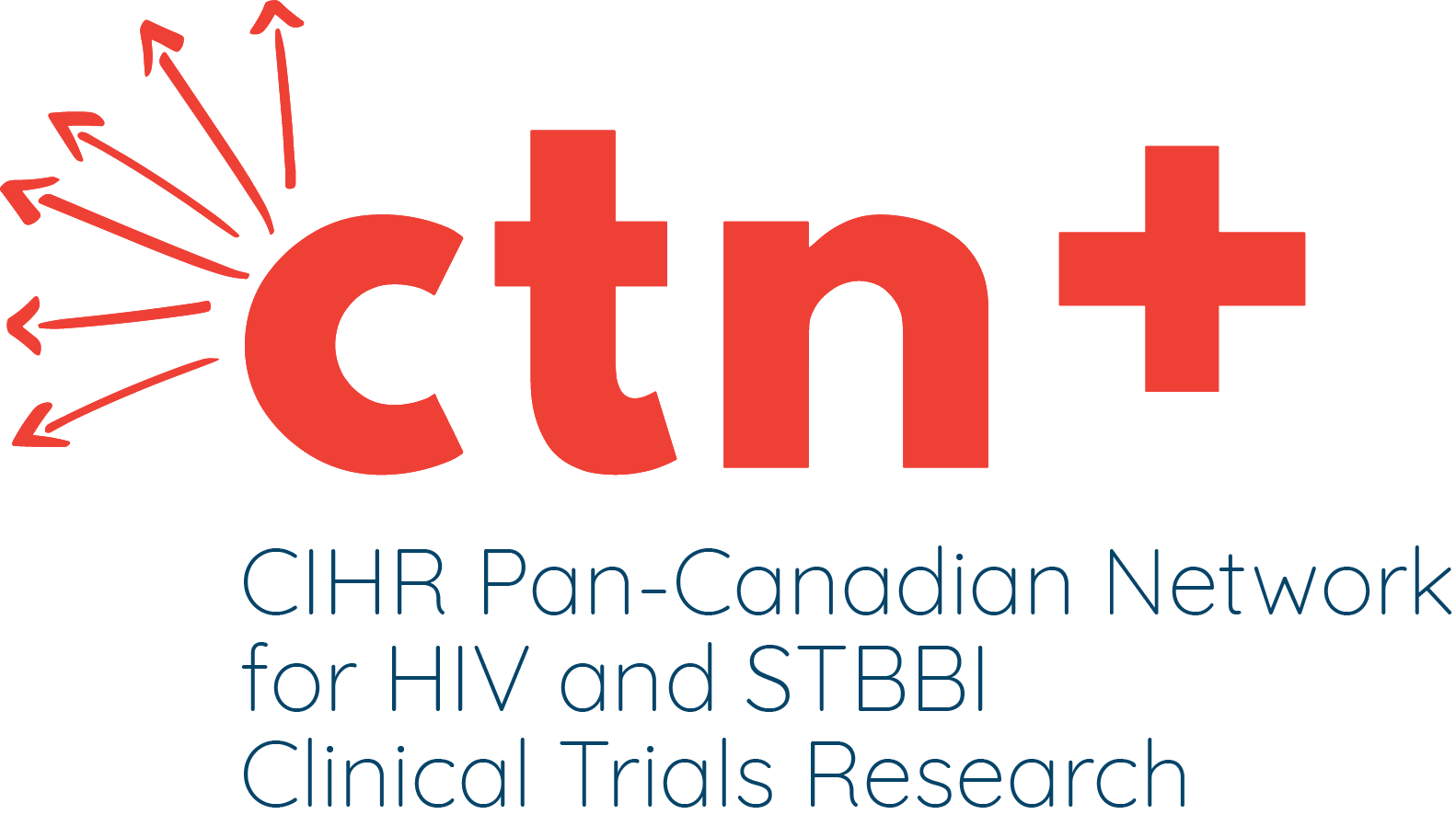About The Study
The purpose of this trial was to evaluate the effects of giving recombinant interleukin-2 (rIL-2), an important molecule in the production of immune cells, to HIV-infected people in addition to the patient’s antiretroviral therapy (ART) regimen.
Interleukin-2 (IL-2) is a hormone (cytokine) that helps the development of CD4 T cells (immune cells that fight infection), and may help to rebuild the immune system. The body’s CD4 T cells naturally produce IL-2 during an immune response, however individuals infected with HIV do not produce enough of the molecule. The researchers hypothesized that the addition of recombinant interleukin-2 (rIL-2) to ART regimens would increase the number of CD4 T-cells and slow HIV disease progression.
Study Approach
This was an international trial involving more than 4000 individuals worldwide. Eligible participants were randomly divided into two groups. Group 1 (n=2071) received rIL-2 at a dose of 7.5 MIU twice daily for five consecutive days, every eight weeks in addition to their ART regimen. This routine was repeated two times. Thereafter, the frequency of receiving rIL-2 was tailored to individual needs in order to maintain the CD4+ cell count above a predefined target level. Group 2 (n=2040) did not receive the study drug but maintained their ART regimen.
Study population
This study recruited HIV-positive individuals aged 18 years and over. Participants had to have a CD4 cell counts above 300 cells/mm3. Enrolled patients had a median CD4+ cell count of 457 cells per cubic millimeter.
Results
Over a median follow-up of seven to eight years, the CD4+ cell count was higher in the IL-2 group than in the group receiving antiretroviral therapy alone by an average of 159 cells per cubic millimeter.
Conclusion
Despite a substantial and sustained increase in the CD4+ cell count, as compared with antiretroviral therapy alone, interleukin-2 plus antiretroviral therapy yielded no clinical benefit.
Note: These results also reflect those of CTN 145: SILCAAT, a sister study that examined the same hypothesis in a population of HIV-infected individuals with low (50-299 cells/mm3) CD4 cell counts.
